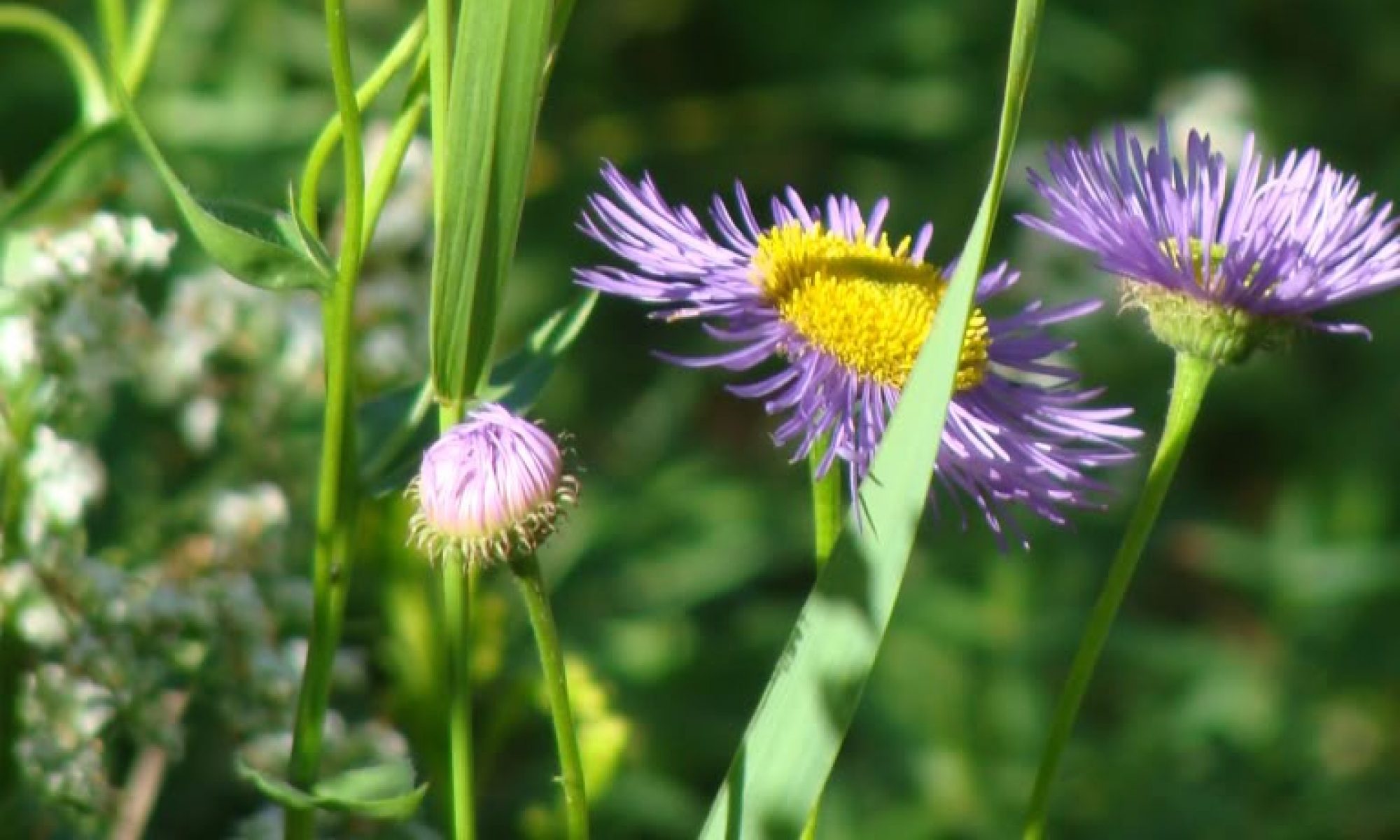In my last post, I mentioned that the butterflies in my garden have been visiting non-native plants. The butterflies are not the only nectar- and pollen-hungry bugs that are feasting in the garden.
In the spring there seemed to be a shortage of bees and flies among the flowers. It was concerning. As the weather has warmed up, however, it has become clear that there are more native pollinators than ever.
Below are some photos and videos of pollinators I’ve seen this year. They are not easy to capture, especially on the warm days we’ve been having lately.





I got a couple of videos of pollinators on native plants, too, which makes me so happy!
The summer native plant propagation project is going well. However, it might have been a mistake to dig up a bunch of thimbleberry suckers in late July. There are about eight divisions, most with excellent roots. They shriveled up right after potting on and look awful right now. Hopefully, they’ll snap out of it in the coming weeks.
Other new cuttings include some ocean spray starts that I stripped from a shrub that was overgrowing the sidewalk on the North Seattle College campus and was destined to be pruned. Similarly, I grabbed a few native willow cuttings from the same sidewalk. Willows are proving particularly challenging for me even though they will root in water. They don’t seem to transfer well to the soil in pots and even worse to the soil in the garden. I found a stand of goldenrod in a ditch nearby and I took four cuttings of those, as well. They were part of a native plant restoration that had gotten a bit wild so I am assuming it is a native species. I’ll confirm that if they root and leaf out.
My favorite success so far is the Douglas aster experiment. It looks like all of the cuttings I took from my overgrown aster colony have rooted well and are ready to pot on into bigger pots. This is a much faster way to get adult aster plants–it takes a full year from seed to get them even close to this size.
All of the red-flowered currant cuttings are still green and appear to be rooted. My only regret is that I didn’t strike more cuttings of everything. Next year, I’ll know better.












































































































































































